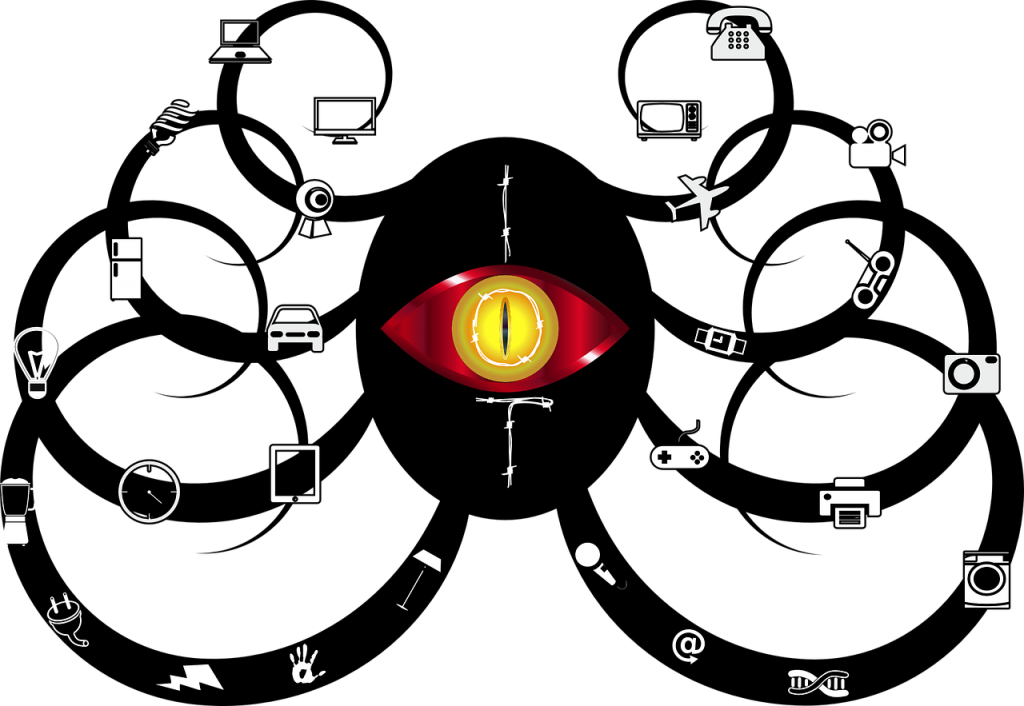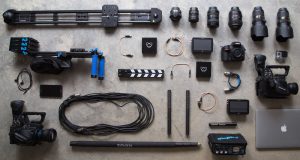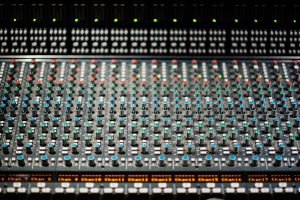The Internet of Things (or shortened ‘IoT’) is a hot topic in today’s world which carries extraordinary significance in socio-economic and technical aspects of everyday life. Products designed for consumers, long-lasting goods, automobiles and other vehicles, sensors, utilities and other everyday objects are able to become connected among themselves through the Internet and strong data analytic capabilities and therefore transform our surroundings. Internet of Things is forecast to have an enormous impact on the economy; some analysts anticipate almost 100 billion interconnected IoT devices. On the other hand, other analysts proclaim that IoT devices shall input into the global economy more than $11 trillion by 2025.
However, the Internet of Things comes with many important challenges which, if not overcome, could diminish or even put a stop to the progress of it thus failing to realize all its potential advantages. One of the greatest challenges is security: the newspapers are filled with headlines alerting the public to the dangers of hacking internet-connected devices, identity theft and privacy intrusion. These technical and security challenges remain and are constantly changing and developing; at the same time, new legal policies are emerging.
This document’s purpose is to help the Internet Society community find their way in the discourse about the Internet of Things regarding its pitfalls, shortcomings and promises.
Many broad ideas and complex thoughts surround the Internet of Things and in order to find one’s way, the key concepts that should be looked into as they represent the foundation of circumstances and problems of IoT are:
– Transformational Potential: If IoT takes off, a potential outcome of it would be a ‘hyperconnected world’ where limitations on applications or services that use technology cease to exist.
– IoT Definitions: although there is not one universal definition, the term Internet of Things basically refers to several connected objects, sensors or items (not considered computers) which create, exchange and control data with next to none human intervention.
– Enabling Technologies: Cloud computing, data analytics, connectivity and networking all lead to the ability to combine and interconnect computers, sensors and networks all in order to control other devices.
– Connectivity Models: There are four common communication models and are as following: Device-to-Device, Device-to-Cloud, Device-to-Gateway, and finally Back-End Data-Sharing. These models show how flexible IoT devices can be when connecting and when providing value to their respective users.






